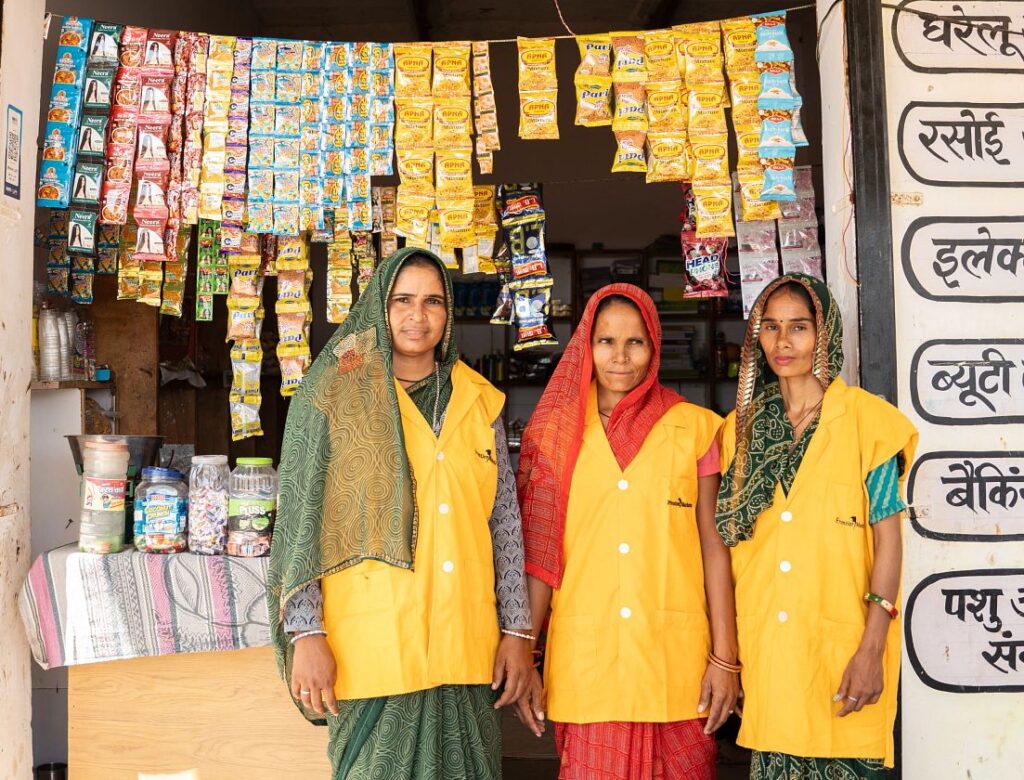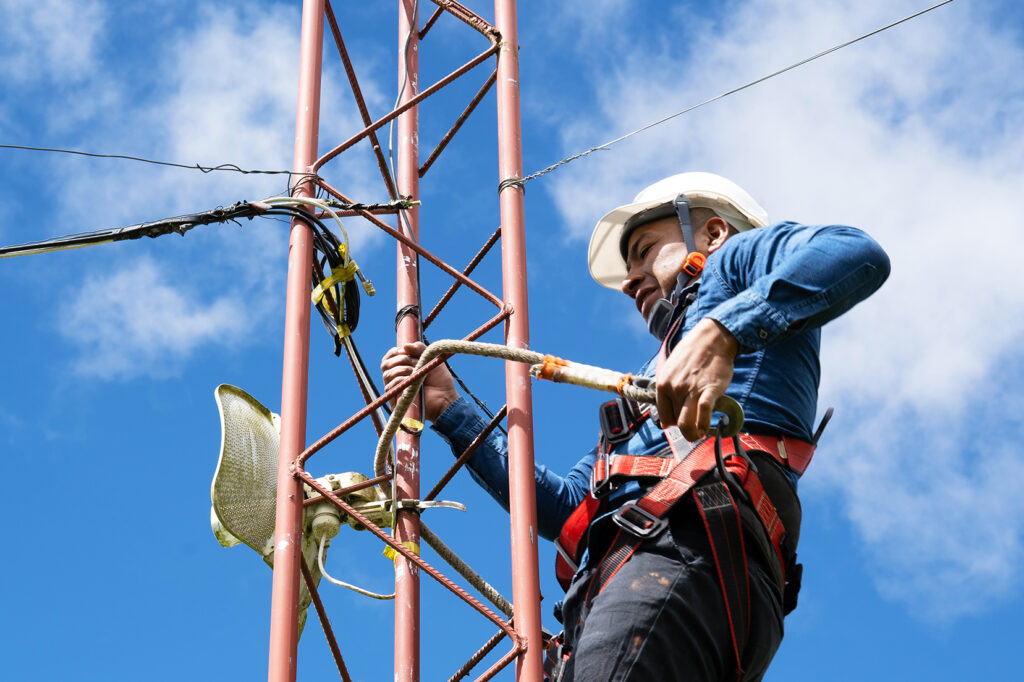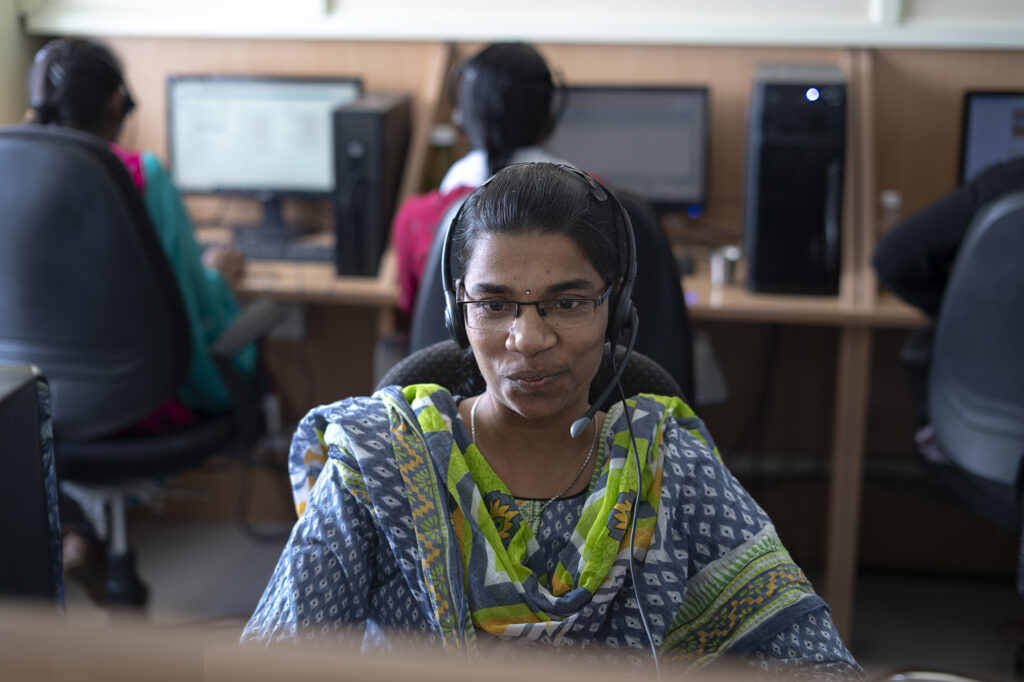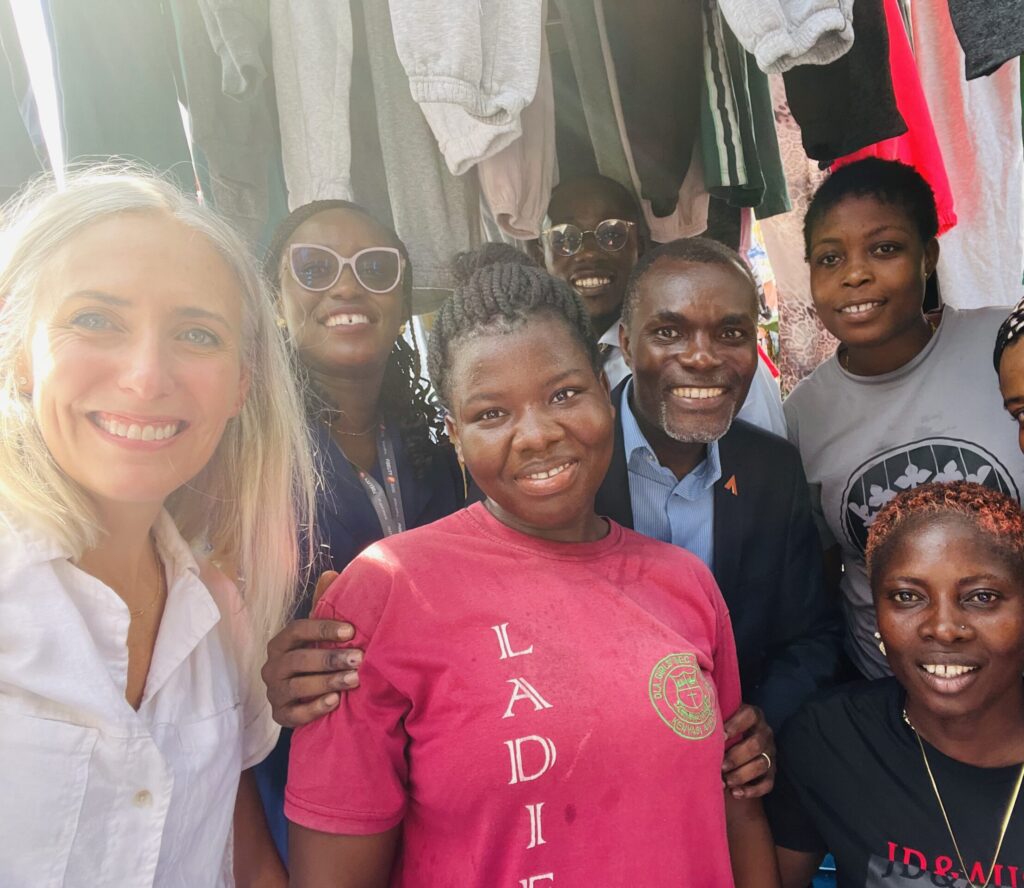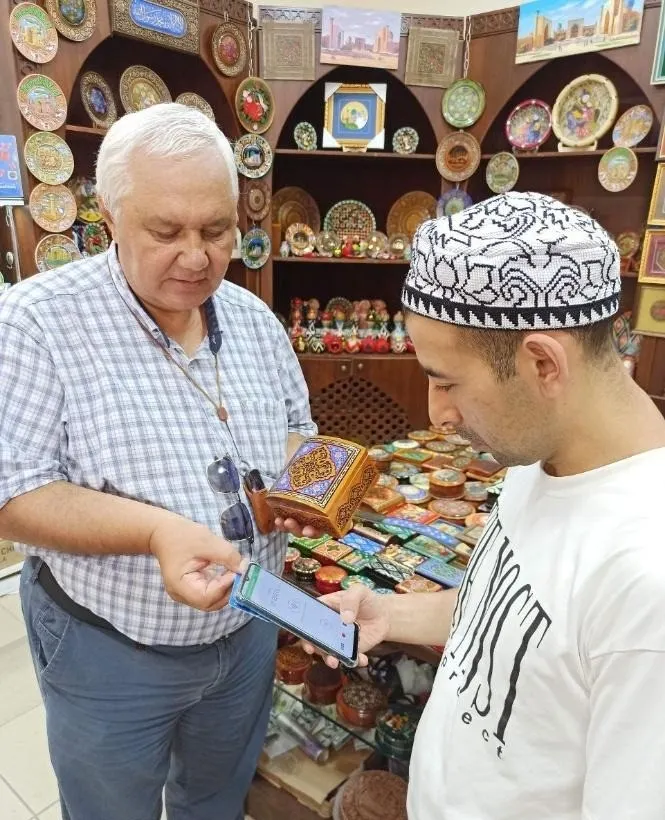
Digital innovation is rapidly changing the way we deliver financial services to underserved people. For example, mobile money account ownership grew by 13 percent in 2022, to 1.6 billion accounts, and according to the most recent Findex, this technology is driving greater access and usage of financial services globally.
But mobile money is just one of many innovations that are revolutionizing financial services. Blockchain, AI, smartphones, and gamification — to name a few — are creating new pathways for underserved small businesses and individuals to access credit, savings, payments, insurance, and other financial tools, which they can use to manage and strengthen their livelihoods.
But what does digitization mean for inclusive financial service providers on the ground? And how should leaders prioritize and apply new innovations, to best serve their clients? This spring, the HBS-Accion Program on Strategic Leadership in Inclusive Finance united more than 60 diverse leaders from across the world, spanning fintech, microfinance, ecommerce, insurance, regulators, and beyond, to explore many of these questions.
The program provides a unique opportunity for these leaders to engage with peers and dive into case studies on important advancements and issues in financial inclusion. I spoke with four participants of this year’s program to hear their perspectives on the most important ways digital technology is delivering impact for underserved clients.
Starting with the basics
Eleine Polido, Global Head of Financial Inclusion for ESG Products at Mastercard, agreed that digitally sending and receiving money is an important avenue for onboarding people to the digital economy. “If you create that first step with digital payments, you give people a chance to start to use a broader suite of financial services,” she said.
Smartphone technology is further broadening the reach of financial services to the underserved. “Going to rural areas is now much easier,” said Polido. “Previously, providers used physical locations like post offices to reach rural areas, but now smartphones are creating new channels.”
Andi Taufan Garuda Putra, Founder and CEO of Amartha, is leveraging digital technology to reach rural customers in Indonesia by building a peer-to-peer lending platform that connects underserved small businesses, most of them managed by women, with financial services. “We serve grocery shop owners, coffee farmers, seaweed farmers, mushroom farmers, and shop owners selling traditional clothes,” he said. “It’s a very diverse client base.”
But while many of Amartha’s clients own smartphones, they aren’t actively using them to manage their finances, and digital infrastructure is still sporadic. “In Indonesia, internet penetration is not spread equally, so we have blind spots in where we operate,” he explained. “Customers who are new to smartphones and digital services also face greater threats to their financial health, so we need to ensure that they understand how to digitally manage their finances and their business.”
Hannah Siedek, Senior Microfinance Investment Officer at the European Investment Bank, shared how for many microfinance providers supported by her organization, digitally transforming their operations and strengthening their fundamental digital infrastructure is the most pressing need. “For these providers that have lots of contact with low-income clients, improving their basic management information systems will allow them to serve a lot more people, and tap into agent networks with mobile money,” she said. “Once this core digital banking infrastructure is improved, they can link with other players in the ecosystem and serve clients in newer, faster ways.”
The disruptive potential of digital innovations
While more familiar technologies like smartphones and digital payments continue to drive financial access and usage for the underserved, relatively newer technologies like cryptocurrencies are allowing innovators to imagine bold new possibilities.
“Do we need to keep the structures of traditional finance forever?” asks Paula Palermo, co-founder of Simbiotica Finance. Simbiotica is a web3 analytics company that scores and tracks blockchain-based applications and assets to understand their impacts on people, communities, and the environment. “Cryptocurrency and blockchain technology give us powerful ways to experiment, and potentially redesign and redefine traditional finance, to deliver new value for the underserved,” she said. “Not all applications will work, but we can gain interesting lessons to overcome the failures in the current system.”
Beyond crytpo, its underlying blockchain technology may have broader — and less risky— use cases that support financial inclusion efforts. “Blockchain solutions can allow real world assets like carbon credits to be more traceable and transparent,” said Palermo. “This is great for the field of financial inclusion because we want to understand how assets are exchanged, and how they are adding value for people.”
Innovating for resilience
For digital tools to make the greatest impact on low-income and underserved populations, clients need digital literacy and skills. “Digital scoring models can make it too easy to lend to people who can’t afford credit,” said Hannah Siedek. “The scoring models might not assess a client’s repayment capacity, and clients might not fully understand the terms of loans, or apply for too many, and can easily end up in overindebtedness.”
Leaders are working to address this challenge. “One core activity at Amartha is providing financial and digital literacy programs,” said Andi Taufan Garuda Putra. “We help them borrow wisely, manage money prudently, and mitigate issues of overindebtedness. Beyond this, we also provide digital literacy programs that demonstrate the benefits of transacting through phones, using less cash, and taking advantage of digital bank accounts.”
To make progress, however, we need better data. “It’s easy to measure access, and it’s easy to measure usage,” said Eleine Polido. “Measuring financial security and health is a more difficult task. Artificial intelligence could play a role. Innovations in AI must be done right, with the right controls, ethics, and governance in place,” said Polido.
From equipping users with their first digital device—to reimagining the fundamentals of the financial system—digital innovation is advancing to include more people and communities. It’s up to leaders like these to continue exchanging their ideas and insights, and work together to drive more inclusive and responsible innovation that uplifts those most at risk of being left behind.
Applications for the 2024 HBS-Accion Program on Strategic Leadership in Inclusive Finance will open in August 2023. Click here to get notified when the application is open.

